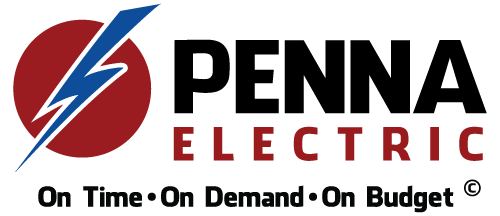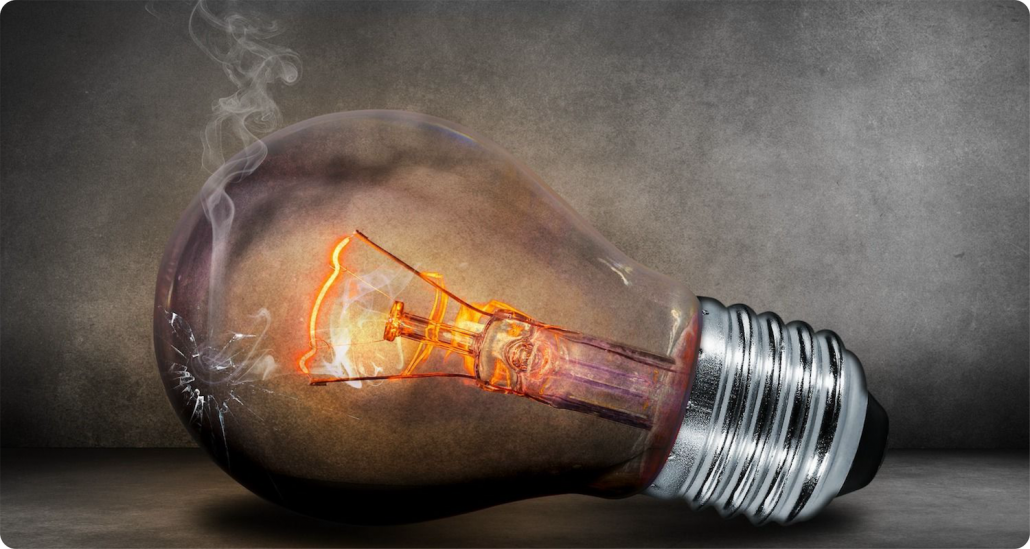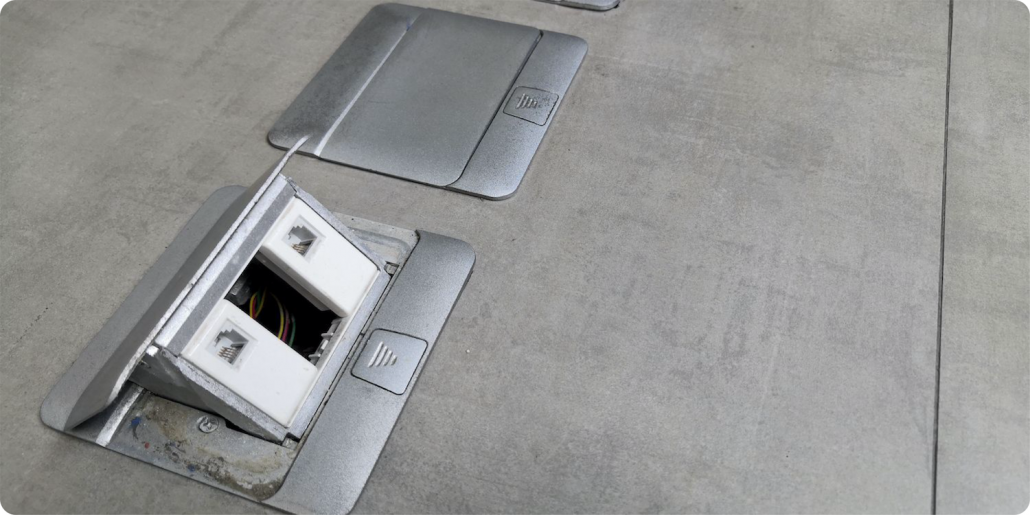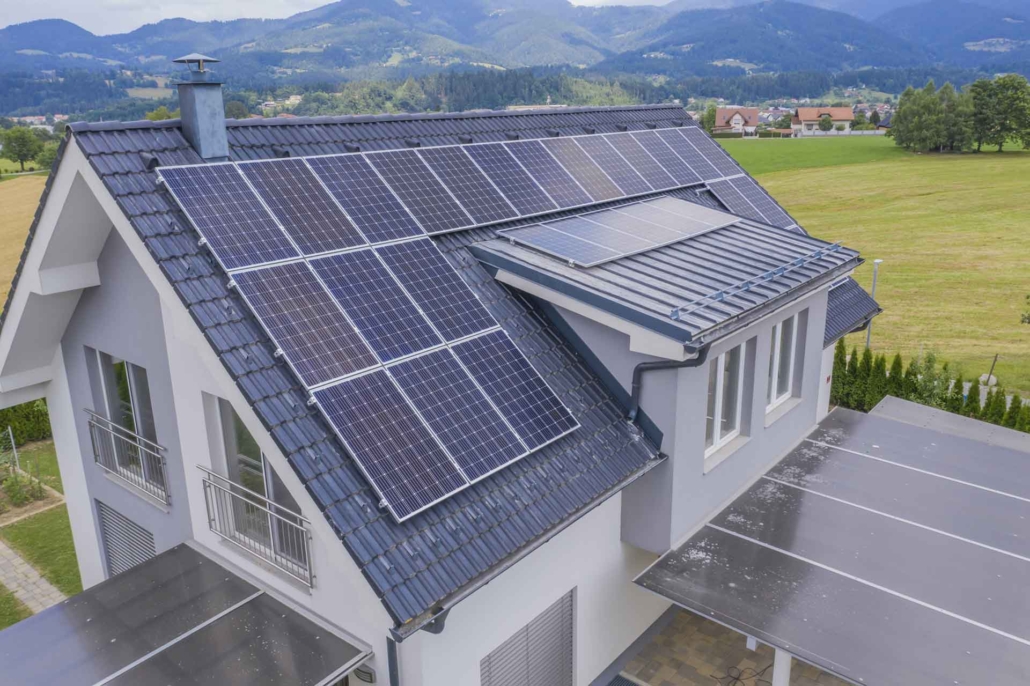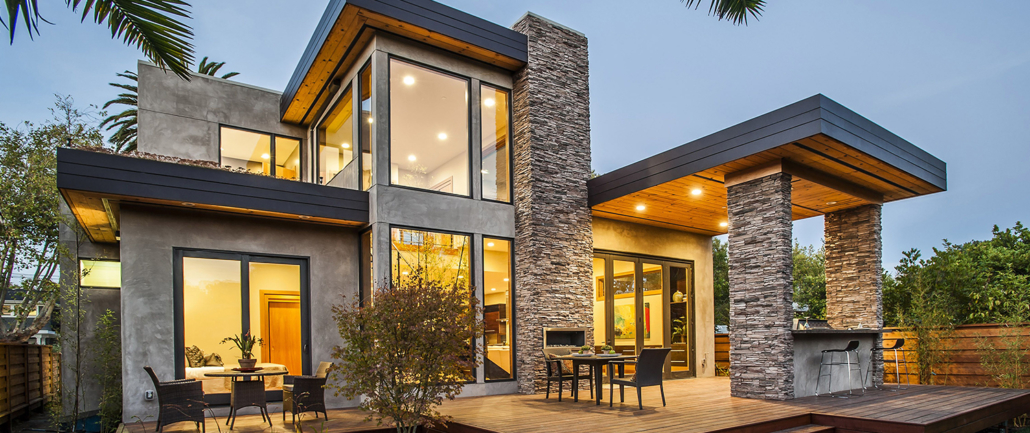Written by Jamie Critchlow
Do you need a Panel Upgrade? The truth about living in Southern California is that while plenty of areas may offer new homes that come well equipped, many homes in the south bay of Los Angeles are older beach homes with outdated wiring. The internet is riddled with ads promising a quick fix and articles about how much or who’s the best. Facing this situation, at the time trying to be cost savvy and fairly unfamiliar with these myself… the first question I found myself asking wasn’t who to call but do I even need this? After reading a little about the “how much” the next question was… Do I have to?
Here are some red flags to look out for on the more dangerous side. We’ll start here.
- Does your Electrical Panel smell? It could be that a wire isn’t connected properly, or a bad circuit breaker. Either of these can create a burning smell and are a cause for alarm as they put you at risk of an electrical fire.
- Touch your panel and assess the temperature. At the risk of sounding bossy, go touch it! If it feels warm at all there is a strong possibility your electrical panel is busted, overloaded, or worse improperly installed. Here’s to hoping your electricians were insured and reputable.
- Are you hearing a crackling sound or constantly tripping the breaker? If you are, you probably need to replace the whole thing. The “tripping” or power cutting off is a built in safety measure, usually happening when you plug in too many or have too many appliances running at the same time. In a nutshell, it stops the wires from overheating. The back and forth trips to reset your panel may merely be a matter of patience. However I myself wouldn’t abuse this feature as it will have its limits as well. A professional will have to assess whether or not it is as simple as replacing a breaker or adding a dedicated circuit as opposed to replacing your entire panel.
Not every situation is going to warrant life or death anxiety. Plenty of times it is really a matter of convenience or staying up with the times. Allocating enough power for all our fun toys, pretty lights and larger and larger appliances just comes with the territory of owning so many conveniences. So here are some slightly less pressing reasons one might consider consulting a professional.
- Is your panel or home 20+ years old? Older homes tend to be under equipped to handle all those updated appliances and toys we were just talking about, many times with a measly 100 amps or less to supply your growing needs. It’s just not enough, often causing the previous issues mentioned if not addressed in a somewhat timely manner. You will more than likely need a 200 amp electrical panel installed at some point. Surge protecting power strips can only hold you over for so long after all.
- Do your appliances seem to have trouble running at full capacity? A frequent side effect of circuits overloading or outdated panels is under performing appliances and equipment. Often preventing common use items from running at 100% capacity. No one likes an underwhelming performance.
- Are you having flashbacks of simpler times involving strobe lights…? Of course due to dimming and flickering lights, sigh. No need to worry you’re less likely to be having a midlife and far more likely suffering from a connection coming loose or possible failure somewhere in your panel. This one may require a little investigating by a reliable source.
- Is your home built prior to 1960? If you still refer to your panel as a fuse box it might be worth checking to see if it does in fact have fuses as opposed to circuit breakers. The main convenience here is going to be that where fuses burn out and will need to be replaced, circuit breakers rely solely on a flip of the switch.
- Lastly, are you movin’ on up? Adding on or upgrading major appliances? Congratulations to you! Keep in mind, adding high power consuming appliances or additions that require additional amps may overwork an outdated panel. Seek a professional opinion when in doubt.
This last point brings me to another topic entirely, Sub panels. Before you go getting excited thinking there’s some cheaper version to bandaid fix the reason you found yourself here…
Sub panels are smaller versions of main panels as the name suggests. A sub panel is wired directly from your main panel. They can vary from 60 to 100 amps for residential homes. The main breaker (shut off) for these sub panels will be in the main electrical panel. Sub panels are used in large homes making distribution of power easier due to the circus being in closer proximity to the sub panels location. Also, used for detached garages where power tools or car chargers will be installed. This will mean your panel will need to have the required amperage to sustain the current draw the equipment needs.
For starters it looks like the picture in the very beginning of this post.
The electric panel is a box that connects the wires from inside your home to the outside wires that allow you to tap into your providers electricity. These may also be referred to as…
- Electrical panel
- Main breaker box
- Fuse box
- Distribution panel
- Load center
- Or a breaker panel
The electrical panel is essentially where you go to reset your homes power supply. If you are still wondering, it’s usually somewhere on your exterior, in your garage or utility room but can technically be connected anywhere in your home.
Electrical panels are pretty straight forward, however there are a few types:
- Main breaker panels
- Main lug panels
- And Transfer switches
The Main Breaker Panel controls the power supply for the entire property. It has a double-pole circuit breaker as well as individual circuit breakers that will do two vital things for you.
- Protect circuits from overloading (causing tripping).
- Stop the flow of electricity to your home as well as individual circuits for repair or maintenance needs.
This would be in place of a main electrical panel. Line wires connect with lugs on these panels, and have a separate shut off usually located near or connected to the main panels breaker. Though it could be located near the meter to allow easier access for firefighters in case of emergency.
These will facilitate an easy switch to a backup power source when, for emergencies or otherwise, you are unable to access your main power supply. While we’re on the topic…
A few things to note:
- The main purpose of transfer switches is to supply an alternate power source when the standard power source is unavailable. You will need to have a generator (which can very in outputs) to handle all or some of the power consumption for your home.
- Transfer switches are becoming more popular, especially in Southern California.
- Transfer switches are a particular type of Sub panel used to transmit generator power. All of my end of the world, bunker ready neighbors and the cautious few either have them or are already installing generators.
- For all my level headed neighbors scratching their heads wondering why this is even in our article… because of all of the recent power outages due to extreme weather and a heightened awareness of the need for an alternate power source.
- There are two types, Manual & Automatic. Automatic will provide a more reliable level of protection sans the need to manually switch the power, but is also the more costly of the two.
The answer to this varies from location to location, however it is always ill advised and even illegal in some areas. Home owners are not allowed to pull electrical permits in the south bay area of Los Angeles specifically, due to past incidence and current safety concerns.
Still thinking about it?
Something to think about is how comfortable you are with a “hot” or “live” wire. While you may be comfortable shutting down power and getting to work on standard electrical needs around the house, but shutting off your Main breaker doesn’t get rid of the electrical current running through it. The top two lugs (top two horizontal rows in lamens) still carry live electricity! Contact both direct and indirect can cause serious bodily injury or death.
Let’s say you live this time.
You still managed to dig yourself into a hole, you’re far from done. You haven’t increased the power supply yet.
- On top of your breaker box you will have to install an electrical meter
- You will need to have new cables
- Also, just when you thought you got away scott-free, you’ll need an experienced electrician to make sure you are compliant with the local codes and regulations.
- Oh, and only a keen (experienced) eye will know if any of these intricate pieces to your puzzle are defective. Remember the risks listed above, don’t be that guy.
Little known fact and ironically most importantly, licensed electricians not only go through extensive training but also have ongoing requirements for continuing education. A set number of hours must be completed to renew their license. This ensures public safety and instills trust in the fact that all work done will meet all local, state and national laws as well as the applicable regulations.
Go to www.nfpa.org. The National Fire Protection Association regularly updates the U.S. records of fire, electrical and related hazards.
Most recently between the years of 2012-2016 the leading cause for electrical fires by way of electrical failure was electrical distribution and lighting equipment by a landslide at 50% of all failure cases. Cooking equipment is your runner up at a mere 15%!
- Electrical Distribution Fires as defined by the NFPA are as follows; “ Fires in which electrical distribution or lighting equipment are somehow involved in a fire’s ignition.”
While the cases have continued on a downward trend since 1980, this is largely due to rising awareness and
evolving safety regulations. During this span of time, the numbers are still pretty alarming and warrant concern, as again these are solely one aspect due to electrical failure and I strongly urge you to investigate further.
“Home fires involving electrical failure or malfunction caused an estimated average of 440 civilian deaths and 1,250 civilian injuries each year in 2012-2016, as well as an estimated $1.3 billion in direct property damage a year.”
- The NFPA even states my aforementioned point citing “aging electrical systems in older homes” as a high risk. Mainly due to wear, tear and increasing demands causing overloading.
Of course, owning a home has many benefits and can hold tons of value over time, maintenance is key when protecting your investments. Keeping your lighting, gizmos and gadgets running smoothly is a definite perk.
Hopefully this article has shed light on your questions and concerns, however it merely broaches the subject and nothing compares to having a trained professional at your side giving you one on one advice on your project.
If you still have questions or would like a free estimate, please do not hesitate to give us a call at (310) 800-2401. Penna Electric is highly recommended in the south bay with over 20+ years experience and all the answers you need.
The right electrical upgrade can dramatically improve the value and appearance of any home or business. You’ll be amazed at what a difference the right electrical upgrade can make for your home or business. Make sure that when you select an electrical company to do the enhancement of your home and you have decided to take your enhancement to the level where you require an electrical upgrade that the technician at the company has a good working knowledge and the experience to properly guide you in this area.
When you decide to upgrade, our well-trained and certified electricians have all the experience and training needed to complete your electrical panel upgrade project from start to finish, with a minimum of fuss or disturbance. Please contact us right away at 310-800-2401
